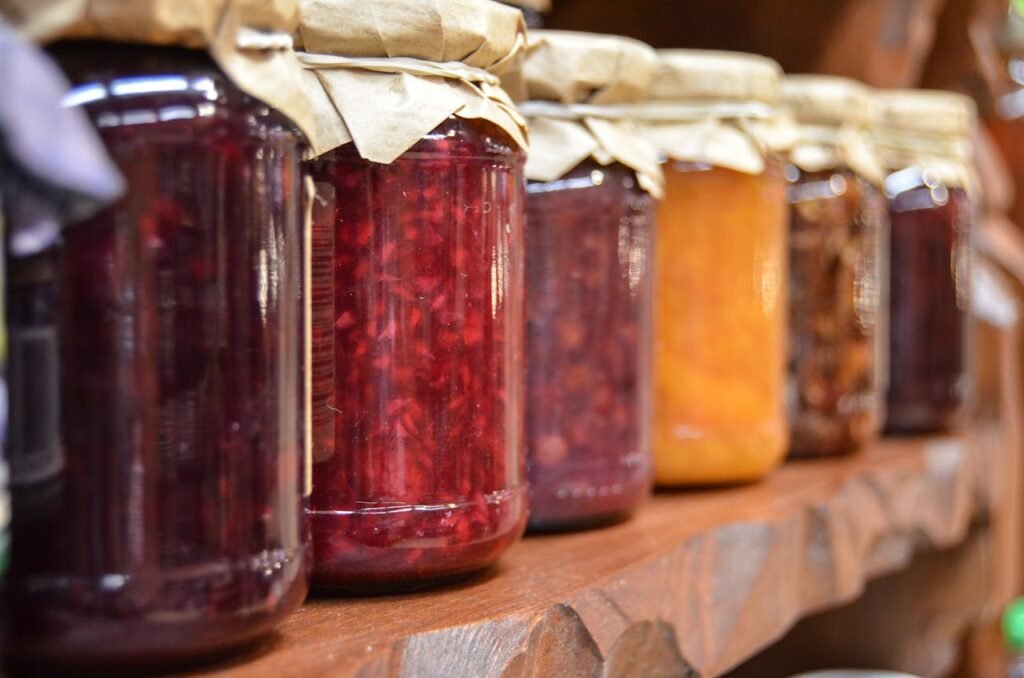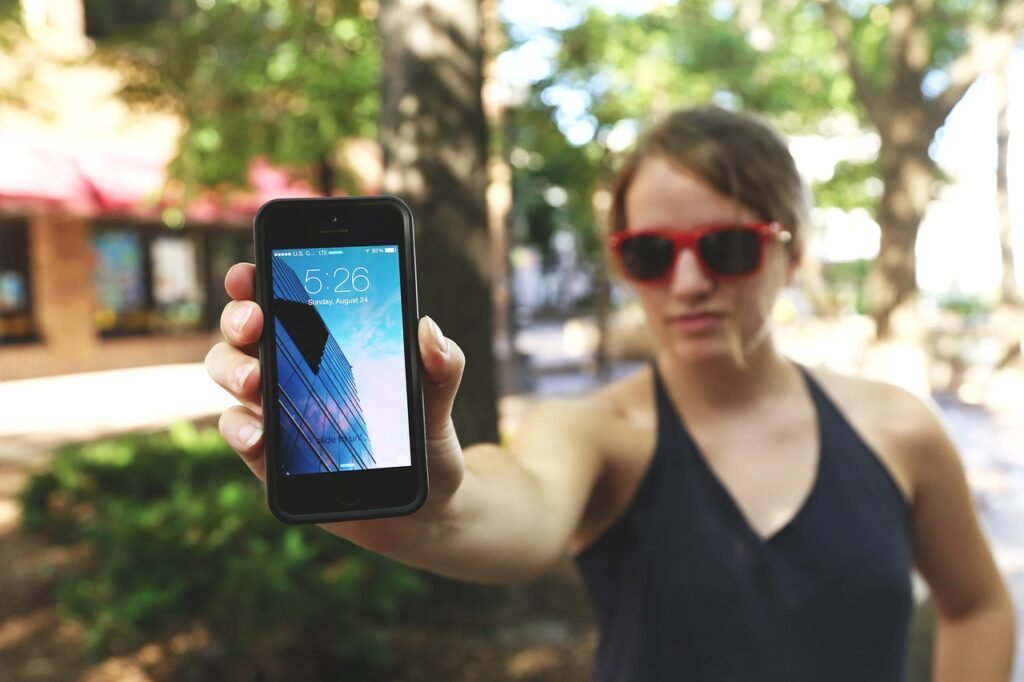have -- present tense
Level Three
Lesson 31
In the present tense, the verb “have” is in two forms: has and have. You need to know how to make this verb negative and use it in questions:
- She has a bike.
- She doesn’t have a car. (negative)
- Do you have a car? (question)
31a. have - present tense 
have or has
singular
I have it.
You have it.
He has it.
She has it.
It has it.
plural
We have it.
You have it.
They have it.
The verb “have” is usually followed by an object.
31a. have - present tense 

- He has a cup of coffee in the morning.
- I have a cup of coffee in the morning, too.
- He and his coworkers have a lot of work to do today.
31b. have - present tense negative
To form the negative in the present tense, add “do” and “not” or “does” and “not” to the main verb.
singular
I do not have it.
You do not have it.
He does not have it.
She does not have it.
It does not have it.
plural
We do not have it.
You do not have it.
They do not have it.
In spoken English, use the contractions: don’t or doesn’t:
do + not + have = don’t have / does + not + have = doesn’t have
31b. have - present tense negative

- He doesn’t have an umbrella.
- He doesn’t have a hat.
- I don’t have a raincoat.
- I don’t have a reason to go out in the rain.
31c. have - present tense
yes-no questions
To form a question, the verb “do” goes before the subject:
singular
Do I have it?
Do you have it?
Does he have it?
Does she have it?
Does it have it?
plural
Do we have it?
Do you have it?
Do they have it?
31c. have - present tense
yes-no questions

- Do we have strawberry preserves in the pantry?
- Do you like fruit?
To answer a yes-no question, use the subject and the helping verb:
- Do you like fruit?
- Yes, I do.
- Does he like fruit?
- No, he doesn’t.
31d. have - present tense
questions for information
Question word + (do) + subject + have?
- What does he have?
- What do you have?
- Where do they live?
- How does this work?
- When does the store open?
- Why do we have so many can openers?
- What time does the plane leave?
- Who has a question? (Some questions in the present tense don’t require “do.”)
31d. have - present tense
questions for information

- What does she have on her phone?
- What kind of apps do you have on your phone?
- Who has a phone charger?
Practice
Write in your notebook.
Directions: Write each sentence with the verb “have” in the present tense.
1. He _ _ _ _ _ _ _ _ _ _ _ a class today.
2. She _ _ _ _ _ _ _ _ _ _ _ _ _ _ _ _ _ _ a class today. (negative)
3. _ _ _ _ _ _ _ _ the store _ _ _ _ _ _ _ _ _ _ milk? (question)
4. I _ _ _ _ _ _ _ _ _ _ _ a lot of work to do.
5. The oven _ _ _ _ _ _ _ _ _ _ _ _ _ _ _ _ _ _ _ _ _ a light. (negative)
6. We _ _ _ _ _ _ _ _ _ _ _ _ some potatoes in the pantry.
7. We _ _ _ _ _ _ _ _ _ _ _ _ _ _ _ _ _ _ _ _ _ _ _ _ any bananas (negative)
8. The students in the classroom _ _ _ _ _ _ _ _ _ _ _ an assignment.
9. Why _ _ _ _ _ _ _ _ _ _ The teacher _ _ _ _ _ _ _ _ _ _ _ _ _ _a red pen. (question)
10. Who _ _ _ _ _ _ _ _ _ _ _ _ question? (question)
The answers are below.
Answers:
1. He has a class today.
2. She doesn’t have a class today. (negative)
3. Does the store have milk? (question)
4. I have a lot of work to do.
5. The oven doesn’t have a light. (negative)
6. We have some potatoes in the pantry.
7. We don’t have any bananas (negative)
8. The students in the classroom have an assignment.
9. Why does The teacher have a red pen. (question)
10. Who has a question? (question)
In Lesson Thirty-two, you will learn to use “have” in the past tense.

